
Hotelbubbles
The world's most spectacular jacuzzis, hot tubs, and onsen

Hotelbubbles
The world's most spectacular jacuzzis, hot tubs, and onsen
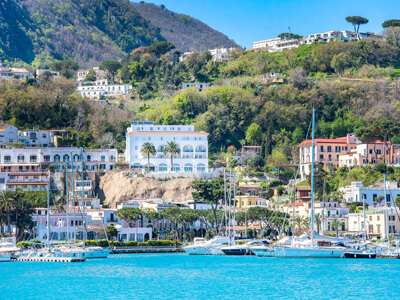
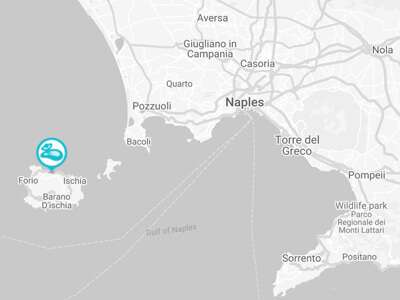
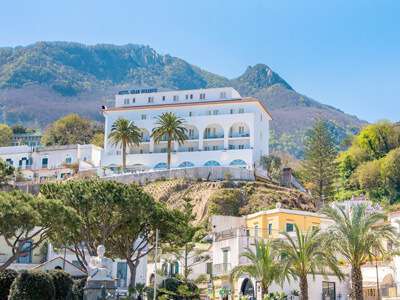
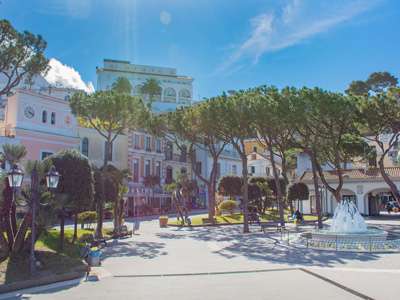
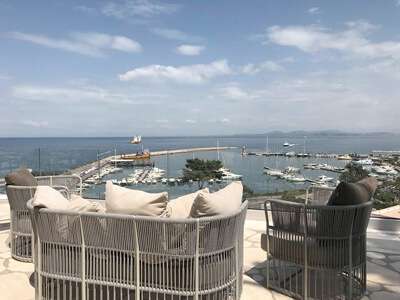
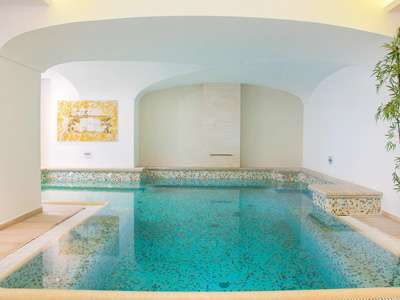
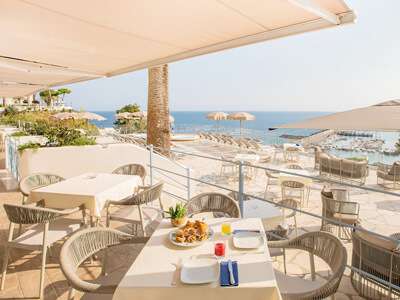
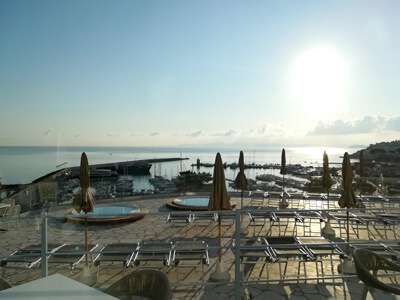
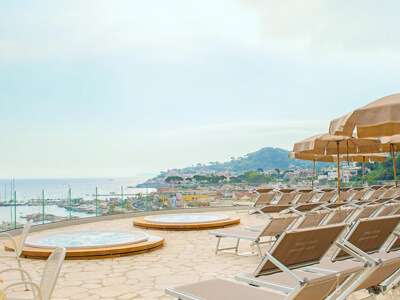
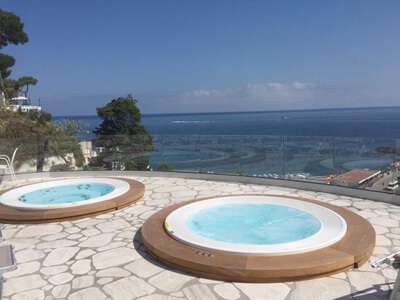
Surrounded by pine groves, this 4 star hotel enjoys panoramic views over the Gulf of Naples.
The Gran Paradiso is situated just a few steps away from the Casamicciola Terme spa, location of the island’s oldest thermal baths dating back to Roman times. The old town has an extensive pedestrian area surrounded by attractive boutiques, bars, restaurants and traditional craft workshops.
The spa offers wellbeing services and hydrotherapy cures for the body and mind – thermal baths, thalassotherapy and fangotherapy. The spa pays particular attention to a special treatment, mudtherapy, which stems from an ancient and rooted tradition going back to the Roman times.
50 rooms.
Private beach area.
Indoor and outdoor pools.
200 m from the Casamicciola Terme spa.
3.2 km from La Mortella gardens, 6 km from medieval Aragonese Castle and 12.7 km from Mount Epomeo. The port of Ischia is 2.9 km away and Naples is 46 km.
See our recommendations on what to pack for your trip to Ischia.
The volcanic outcrop of Ischia is the most developed and largest of the islands in the Bay of Naples. An early colony of Magna Graecia, first settled in the 8th century BC, Ischia today is famed for its thermal spas, manicured gardens, striking Aragonese castle and unshowy, straightforward Italian airs – a feature also reflected in its food. Ischia is a refreshing antidote to glitzy Capri.
Ischia has since the classical era fascinated poets and artists, as well as, more recently, historians, archaeologists and filmmakers. As the first Greek colony in the Mediterranean, the island has throughout its long history been a veritable paradise where natural beauty, well-being and culture have come together to create one beautiful whole.
Today, Ischia’s six districts offer the visitor a wide range of attractions: historic sites and archaeological museums of major renown, protected areas of outstanding natural beauty, thermal springs and parks celebrated by scientists, long stretches of sandy and rocky beaches, offering visitors an extensive choice of leisure activities: guided tours, horse-riding, surfing, scuba diving, hiking, etc.
From January through to December, the island’s magical backdrop is filled with lush vegetation, the eternal blue of the sea, the dark volcanic sand of the beaches, with the luxuriance of nature’s iridescent and variegated colours, breathtaking beauty, its gentle climate, the golden lemon trees, the pine groves and the wide variety of flora: vines, shrubs, olive trees, parasol pines, cypresses, together with a large variety of exotic and oriental plants including agaves and Barbary figs.
The island has a long history since the foundation of the first Greek colony in the West in 776 - 760 BC,several years before the foundation of Cumae near modern-day Naples in 750 BC. Traces of our island’s first Greek colonies can be seen in the large number of artefacts displayed in the Villa Arbusto archaeological museum and in the “Santa Restituta” museum in Lacco Ameno.
Amongst the major finds conserved in this museum is the Cup of Nestor. a kotyle (ancient Greek drinking chalice) dating from the so-called Geometric Period, made of rhodium and bearing an inscription in the early Euboean form of the Greek alphabet which reads: “I am the cup of Nestor, from which it is good to drink. But whoever drinks this cup dry, straightaway desire for beautiful-crowned Afrodite"will seize him.
In the Roman era, Pithikoussai changed its name to Aenaria and became a home and holiday resort for the Romans, drawn here in particular by the island’s hot springs. Then, Aenaria, attacked by pirates and subject to continuous earthquakes, was ceded by Augustus to Naples in exchange for Capri. From around the year 1,000 onward, the island took on its current name of Ischia and was ruled in turn by Vandals, Saracens, Byzantines, Normans, the French and then the Spanish. Finally, in 1438, Alfonso of Aragon became the lord of the island and took up residence in the castle built on a fortified islet which was named the “Aragonese Castle” in his honour.